Humidification, Ventilation and Air Conditioning of theatres is a major source of energy consumption in hospitals and turning it ‘down’ (not off) is called ‘setback’. Turning on setbacks after-hours can save more than $10,000/year/ theatre in electricity spend without affecting theatre safety.
Indian Authorities allow air changes to reduce to 25% (from 20 ACH) and turn off temperature control. Positive pressure must be maintained to prevent contamination of the theatre.
Victorian Guidelines state that
The system will be capable of operation in a set-back mode when the operating theatres are not
in use. In set-back mode the operating suite will:
• set to minimum outside air
• widen temperature dead band to 14°C to 30°C
• always maintain full humidity control within the limits set in Reference table 1 (which is 30-60% for most OR types).
4.147 In set-back mode, the following system hierarchy will apply:
1. air flow regimes and filtration (maintaining a positive pressure theatre relative to adjacent areas)
2. humidity control
3. temperature control
AusHFG guidelines state that OR temperatures can range 16-28˚C and references
AS 1668.2:2002 The Use of Ventilation and Air-conditioning in Buildings, Part 2 describes general concepts around turning off ventilation when not used (not directly referencing healthcare on this point). It describes minimum 25 ACH for theatres.
Canadian and US regulations allow for setbacks, with minimum ACH less than 6 provided humidity and temperature are controlled

Support from Clinical Bodies
The British Orthopaedic Association, Royal College of Surgeons, American Society of Anaesthesiologists are some of the clinical organisations which have explicitly encouraged implementation of setbacks.
Scheduling
The American Society of Anaesthesiologists recommends reduction in airflow during setback but cautions that 20minutes must be allowed for theatre to return to standard when theatre becomes in use. Scheduling the setback is critical. For purely elective theatres a good model is a timed ‘setback’ which only becomes active if there is a lack of motion detected at the time setback is planned. Return to normal ACH occurs on schedule or by manual intervention by theatre staff. Emergency theatres need careful planning.
Complex scheduling has been used in Spain where individual patient tracking allows preparation of theatre HVAC when patient is in ‘preop’ area and then standby mode once patient leaves theatre.
